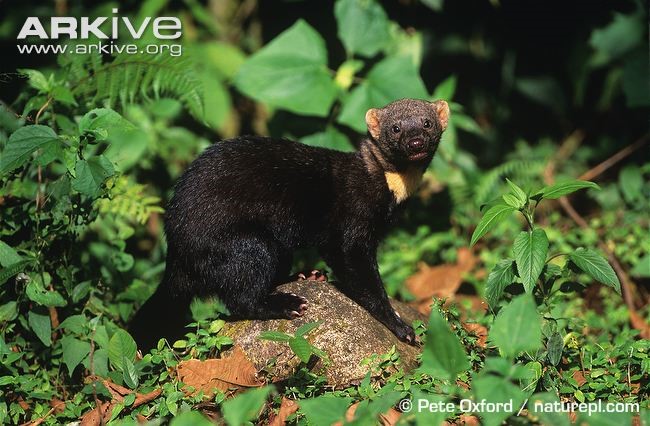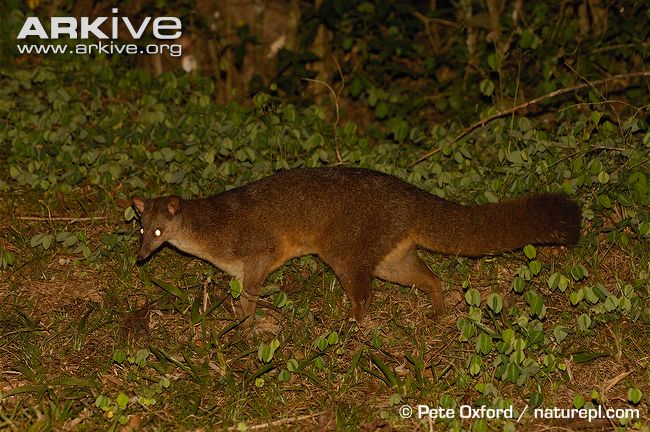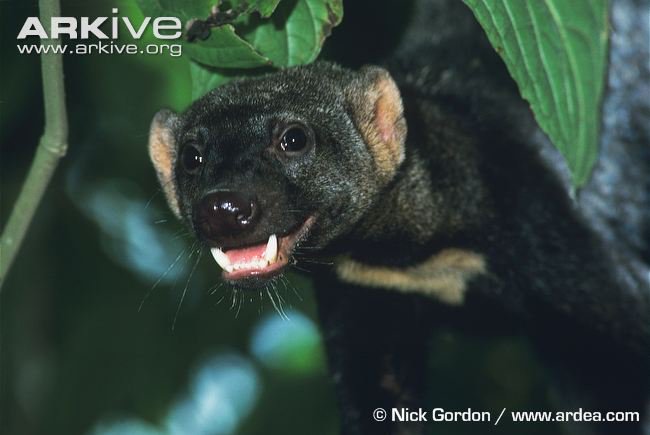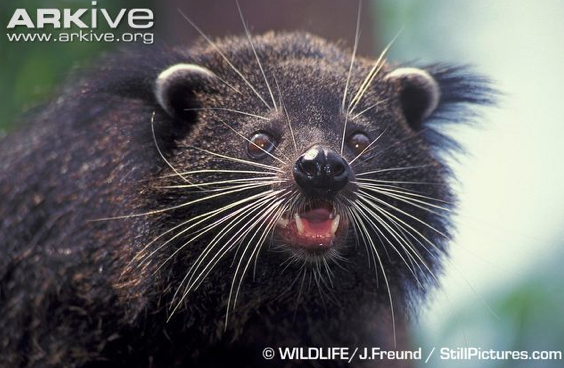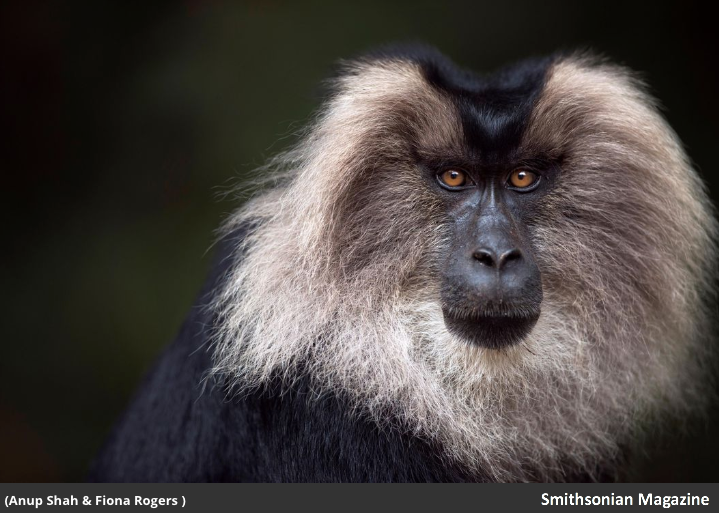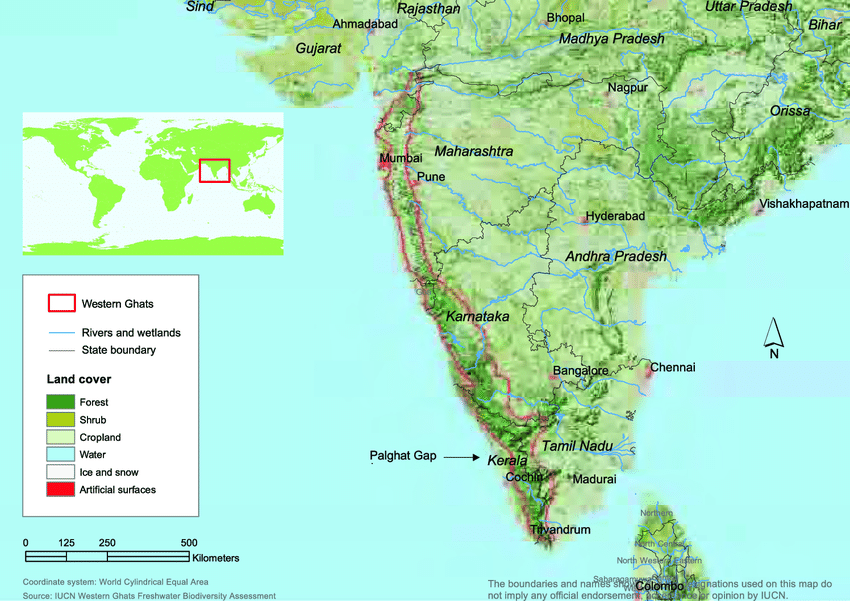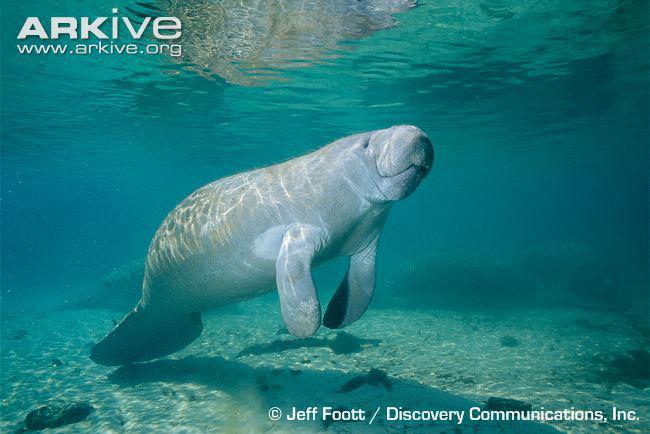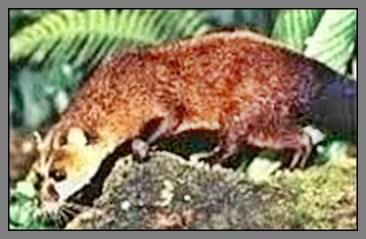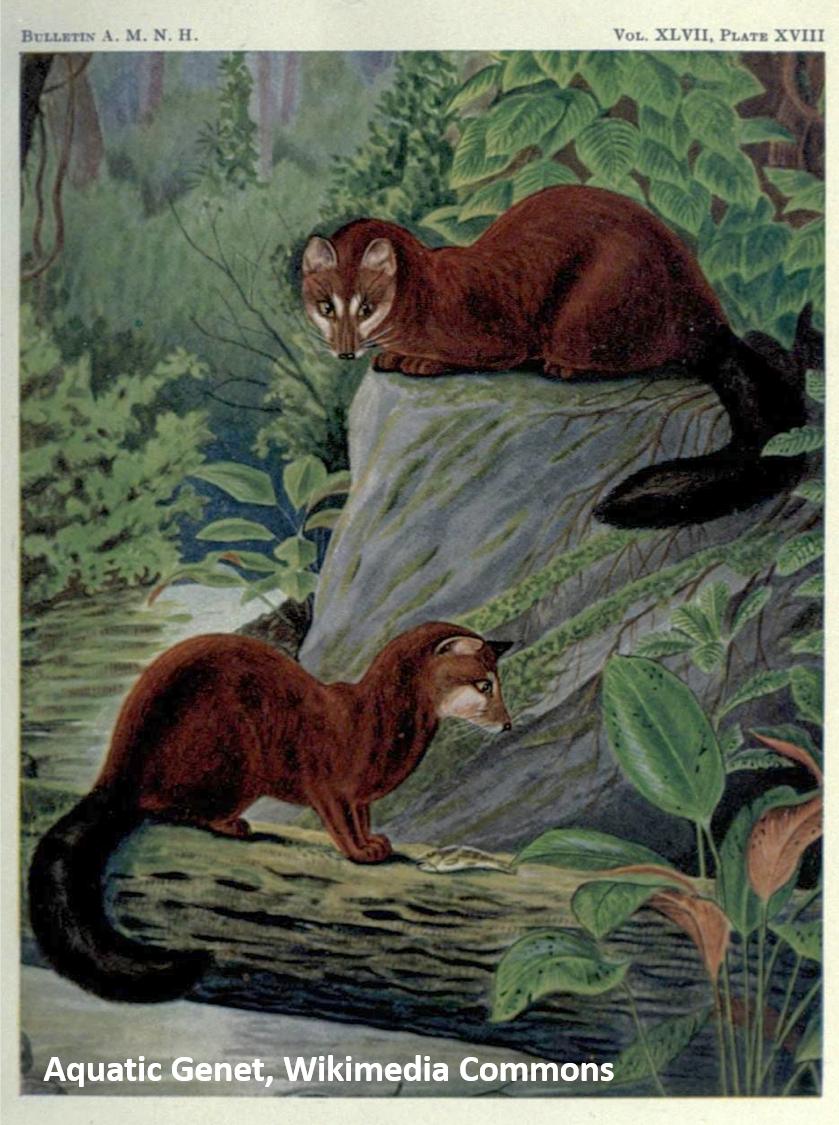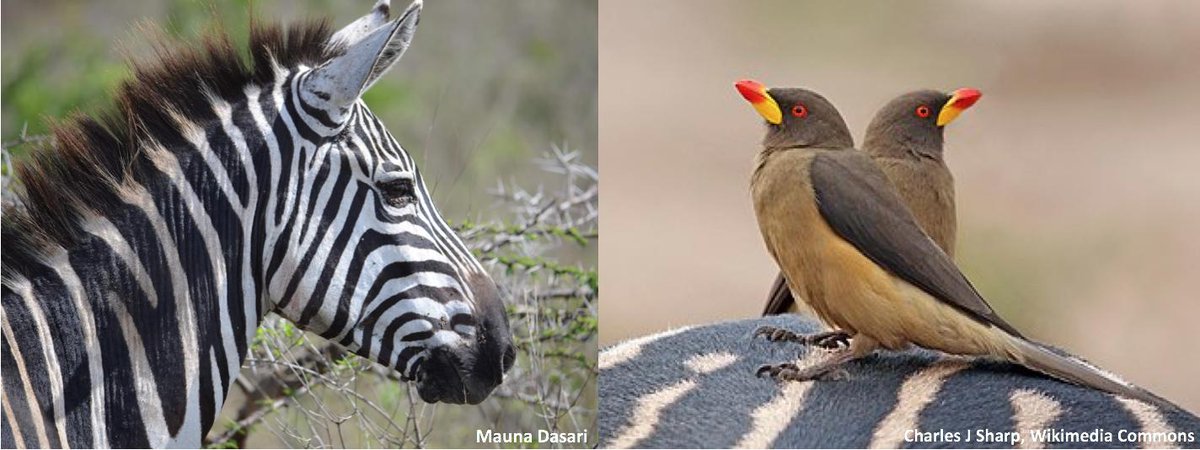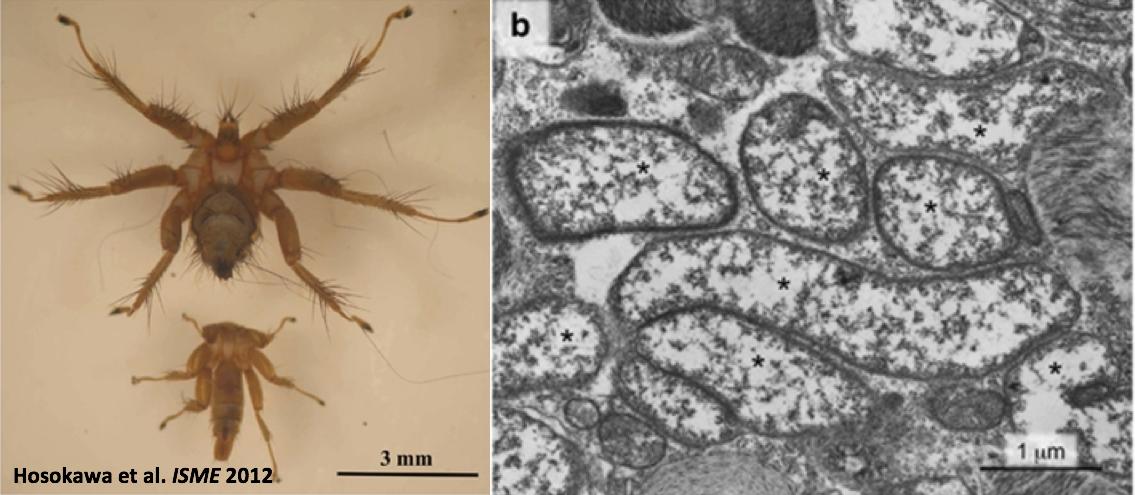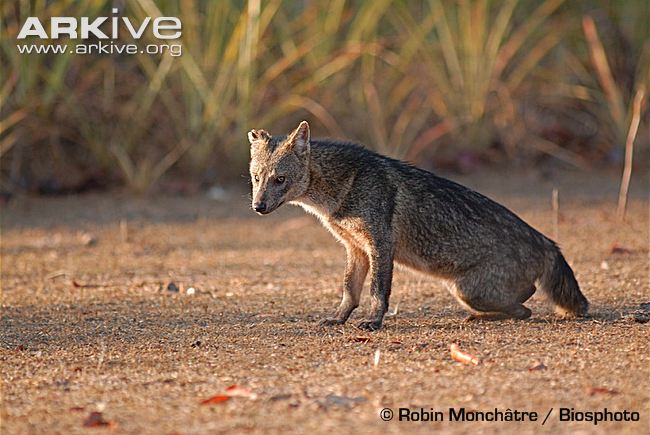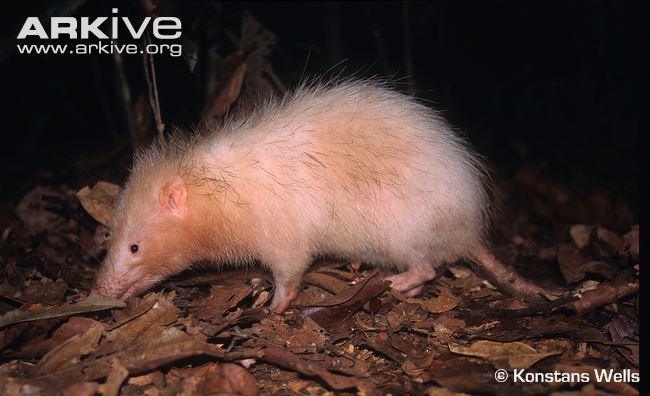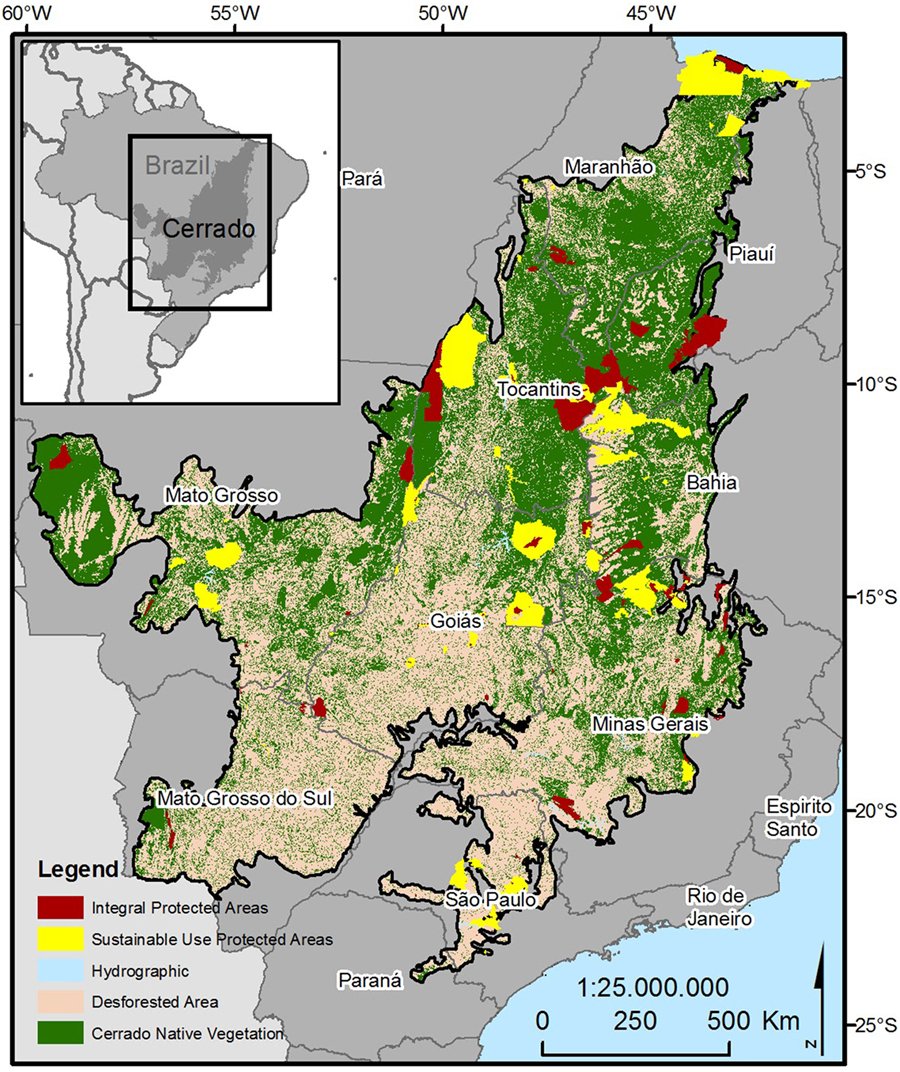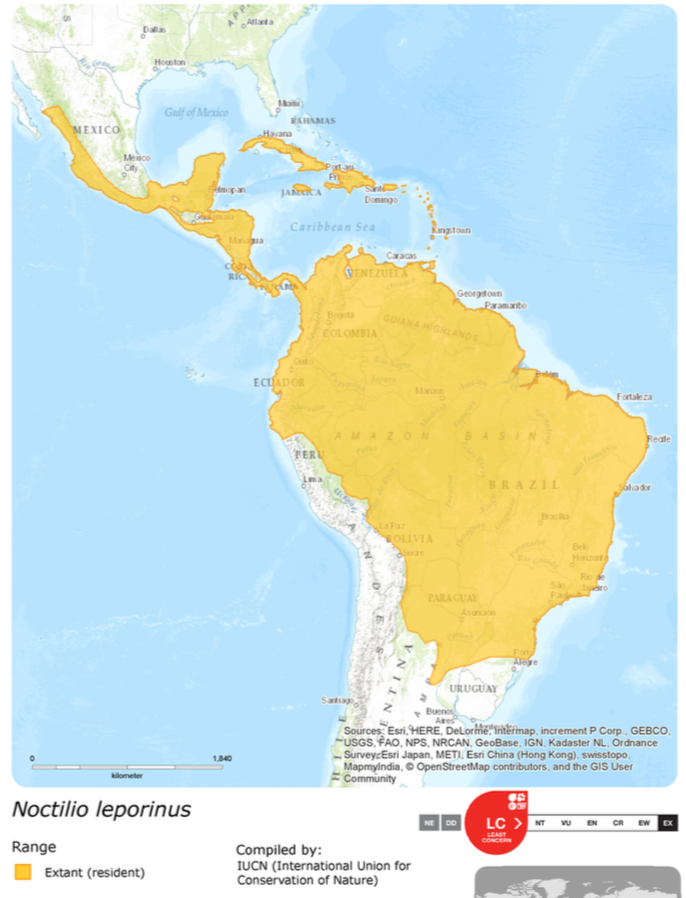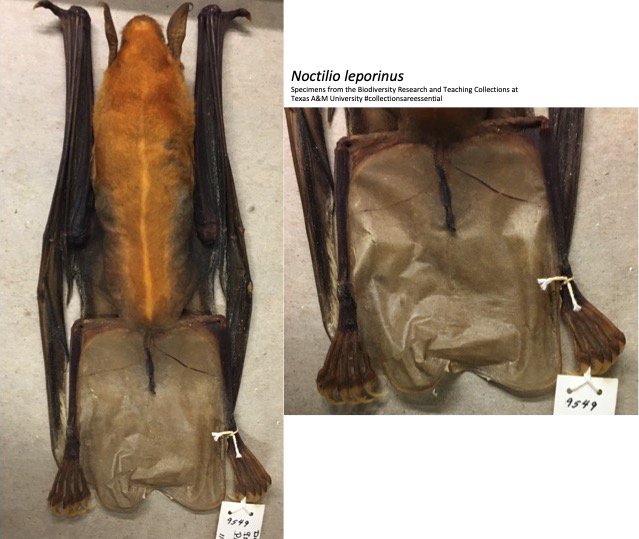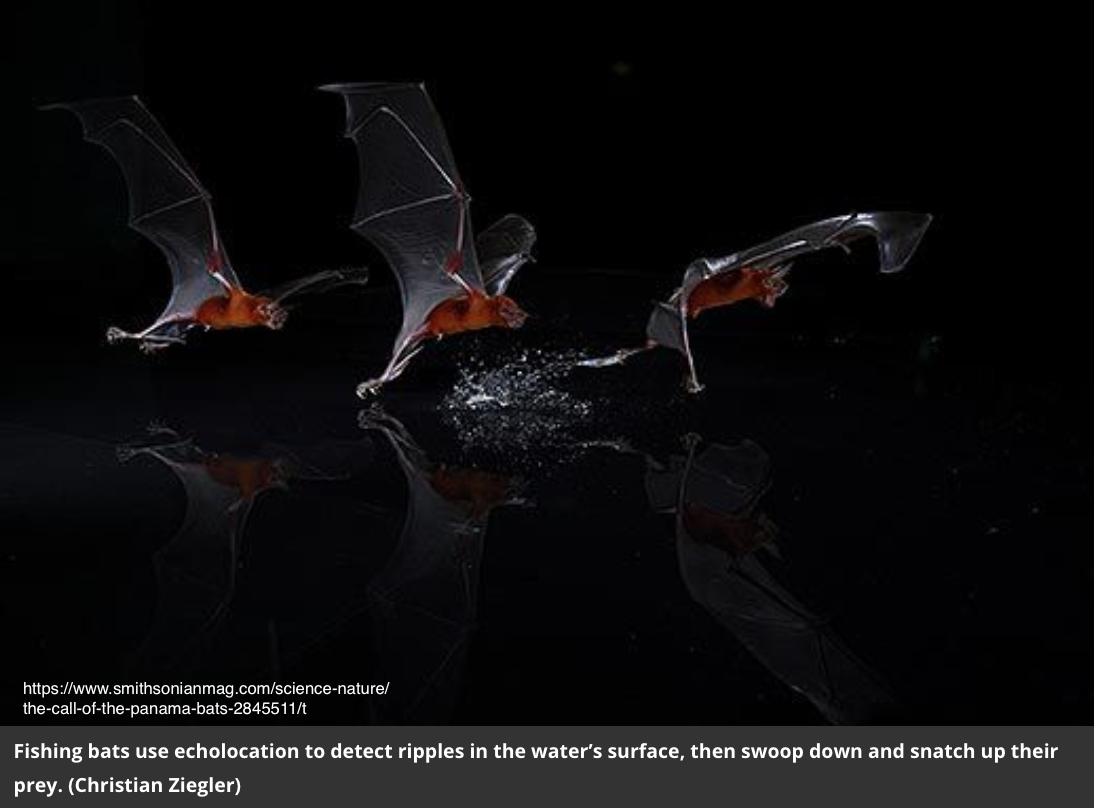
NEXT UP: 5th seed Kinda Baboon (Papio kindae) vs 12th seed Egyptian Fruit Bat (Rousettus aegyptiacus) #2021MMM
This battle was a team effort between the #2021MMM team's resident bat expert @alyb_batgirl and baboon expert @chumblebiome, with #TricksyTaxonomy info from @StoneLab_ASU!
5th seed Kinda Baboon (kin-duh, not kind-a) was only recognized as a distinct species from other baboons in 2013. Previously, it was thought they might be a subspecies of the yellow baboon. #2021MMM smithsonianmag.com/videos/categor…
However, they have some distinct features setting them apart from their big bad yellow cousins. First- looks: they've got softer and "silkier" hair compared to yellow baboons. [photo @meganpetersdorf](@meganpetersdorf et al 2019;Jolly et al 2011) #2021MMM doi.org/10.1002/ajp.20… 

Kinda baboons are the smallest baboons: males only weigh ~16kg (73 stoats). Male yellow babs are ~23kg (104 stoats). But these smol bois live in larger groups than other baboons-often >200! (@meganpetersdorf
et al 2019) #2021MMM #StoatsAsMeasurement doi.org/10.1016/j.jhev…
et al 2019) #2021MMM #StoatsAsMeasurement doi.org/10.1016/j.jhev…
While baboon sp. are morph & behaviorally distinct, genetically it's tricksy. DNA shows P.kindae=ancient admixture btwn P.ursinus (52% contribution) & unsampled lineage (possibly extinct) from N. baboon clade (48% contribution) (Rogers et al 2019) advances.sciencemag.org/content/5/1/ea… #2021MMM 
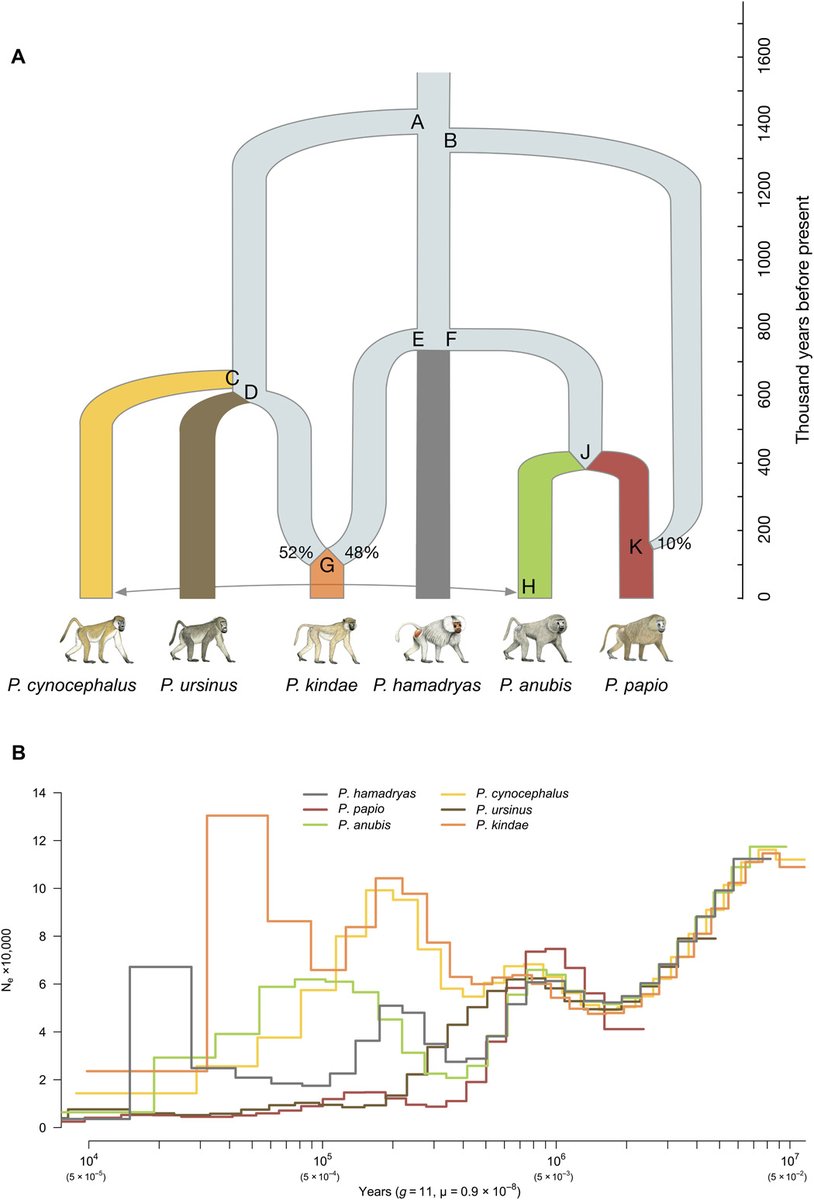
Egyptian Fruit Bats (aka EFB) are dark brown to light grey, weighing in between 80-170 gram (.36 to .77 stoats) with wingspans up to 2 feet (or 1.7 stoats) #StoatsAsMeasurement #2021MMM 

Resolving mammalian ordinal relationships is hard! Mitochondrial & nuclear DNA data point to bats as part of Superorder Laurasiatheria w/hedgehogs, pangolins, carnivores, horses, hippos & whales #SuperFriends (& NOT primates) (Murphy et al 2001) bit.ly/Murphyetal2001 #2021MMM 

But are bats basal w/in Laurasiatheria w/hedgehogs & shrews or sister to horses/dogs? Retroposons (parasitic genetic elements) suggest the latter (contrary to other genetic data) (Nishihara et al 2006) bit.ly/Nishiharaetal2… #2021MMM 
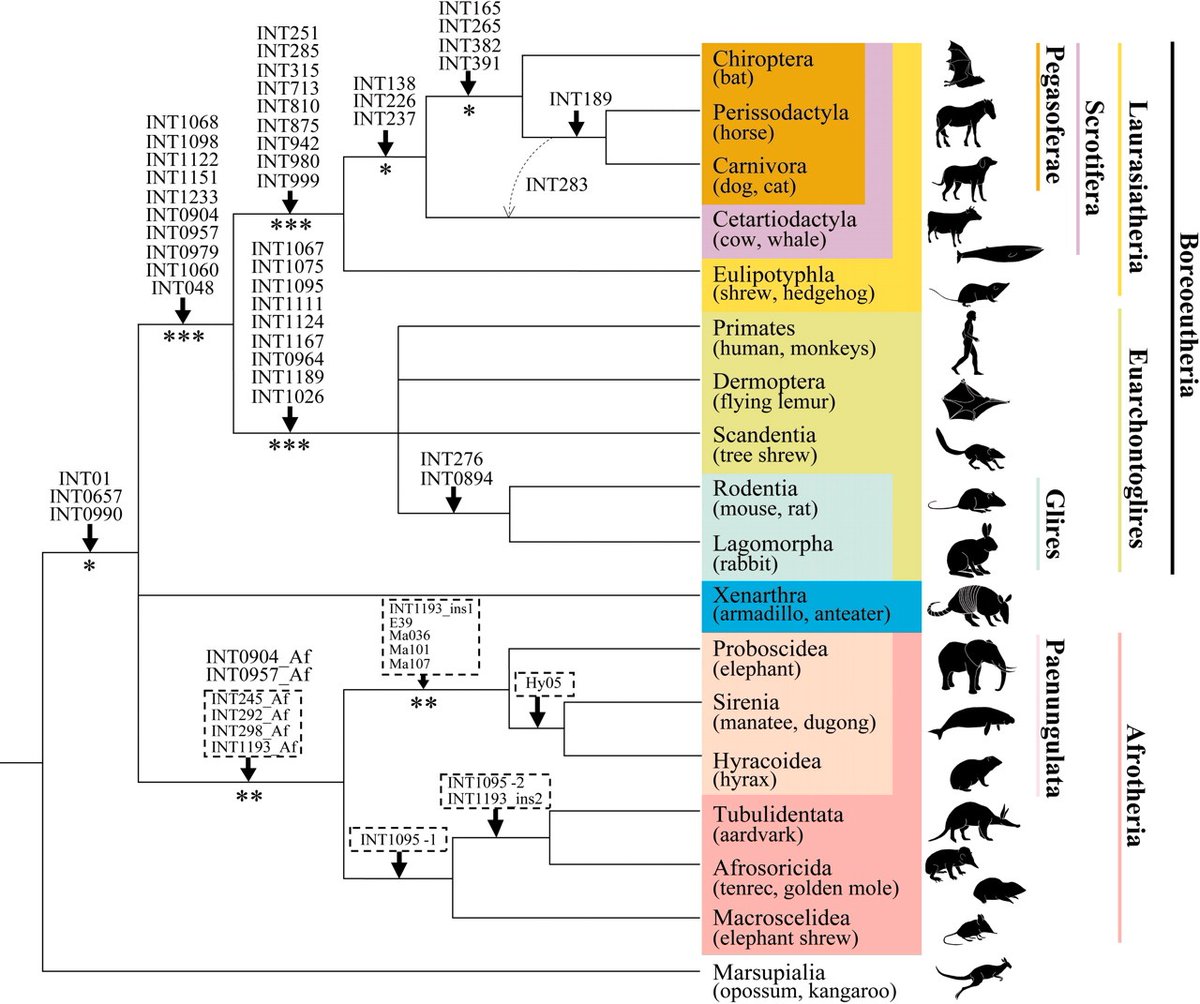
EFB are also some regular smarty-pants. Each night they travel their nearly 100 sq km home ranges searching for fruiting trees, remembering the location of multiple trees & even improvising shortcuts between different trees (Toledo et al 2020)bit.ly/Toledoetal2020 #2021MMM
Today's battle takes place in Kasanka National Park (KNP) in Central Zambia. KNP is one of Zambia's smallest national parks & is home to a population of Kinda Baboons studied by @KindaCamp researchers like #ActualLivingScientist @meganpetersdorf. [photo: Mehmet Karatay] #2021MMM 

KNP is also home to one of the world's largest animal migrations, when millions of straw colored fruit bats (Eidolon helvum) descend on the swamp forests from mid October to early December #2021MMM
Although the EFB has a patchy range across Africa, this particular forest and savanna is unfamiliar. Despite an excellent spatial memory, it doesn't recognize any of its surroundings. #2021MMM
EFB's prefer to roost in dark humid caves with thousands of their closest buddies. Unlucky for our Bat, in March the park is devoid of its seasonal massive bat population. March also marks the tail end of the wet season in Zambia, so it's drizzling. #2021MMM 

Feeling wet and alone, it decides to land among the foliage of an acacia tree...#2021MMM
...RIGHT near where male Kinda Baboon is lounging with his groupmates. The wet season means that there's a ton of yummy plants available all over, but baboons are will hunt for meat if the mood strikes (opportunistic omnivory). (Hausfater 1976) #2021MMM amboselibaboons.nd.edu/assets/82128/1… 

Kinda Baboon sees EFB shivering in the tree. Acacia's aren't great cover, and EFB definitely looks out of place. He yawns, revealing some SHARP canines. [photo @KindaCamp] #2021MMM 

The EFB shifts incomfortably as Kinda Baboon gets up and slowly approaches the tree EFB is sitting in... #2021MMM
...& starts grooming a female sitting at its base! Male Kindas initiate grooming more than females, frequently grooming females for longer and more often than she grooms. A KINDer, gentler baboon. #IgnoreThePronunciation [photo @meganpetersdorf]#2021MMM bit.ly/3qAIJ0z 

The female tolerates our male grooming for a few minutes, before moving away to a new patch of sunshine. Undeterred, the male follows leaving his spot beneath the EFB's roost. #2021MMM
EGYPTIAN FRUIT BAT OUTLASTS THE KINDA BABOON! #2021MMM [baboon photo: @meganpetersdorf; bat photo: Hugo Willocx] 



• • •
Missing some Tweet in this thread? You can try to
force a refresh

